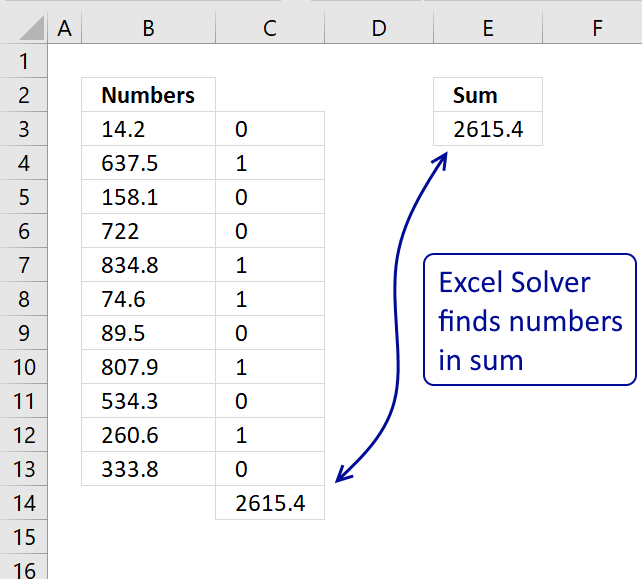

To make Solver pause on every Trial Solution, see Show Solver trial solutions. To set the Solving Limits, see Change Options for All Solving Methods. Once installed, you can open it from the far-right side of the Data tab: With Solver open, select the cell that contains the SUMSQ formula as the objective, and the cells containing the values for a and b as. If another limit is reached, the Show Trial Solutiondialog box will re-appear, once for each limit. If you haven’t already activated the Solver add-in in your copy of Excel, you can find instructions to do that right here. Click Continue to allow Solver to continue solving without the limit mentioned in the dialog box message.The Solver Results dialog appears with a message that the limit was reached. Click Stop to stop the solution process. If the Solver add-in is already activated, youll see it within the Analyze group of the Data tab.Click that button to explore which regression tools are available. This adds the 'Data Analysis' button to your ribbon, on the Data tab, Analysis group (this is also the location where you can find the Solver button mentioned later on): Ribbon with Data Analysis button. If Solver reaches one of the Solving Limits (Max Time, Iterations, Max Subproblems or Max Feasible Solutions) while solving a problem, the Show Trial Solution dialog box appears. The add-ins list of Excel with the Analysis toolpak activated. Click Continue to allow Solver to continue solving until you press ESC again, a Solving Limit is reached, or a solution is found.The Solver Results dialog appears with a message that Solver stopped at your request. Click Stop to stop the solution process.If you press ESC while Solver is solving, the Show Trial Solution dialog box appears.


 0 kommentar(er)
0 kommentar(er)
